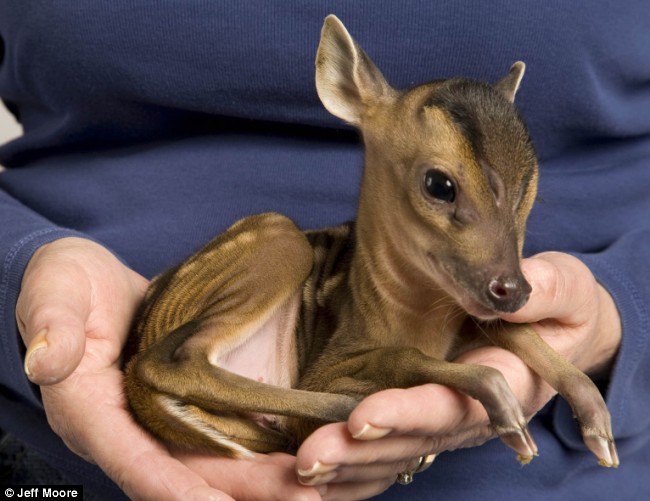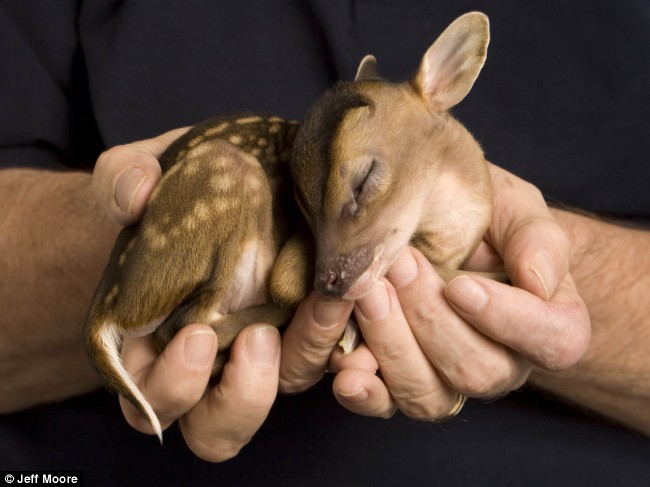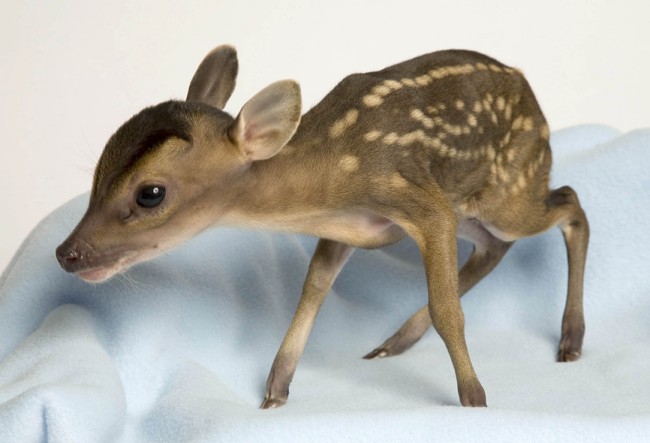You've seen them - tiny, quick creatures that scurry through your cat's fur, feasting on her blood, and causing painful itching - so bad that kitty may scratch herself raw in seeking relief. If you have a bad flea infestation in a multiple-cat household, you've probably been bitten yourself by these voracious feeders, and you may even have seen them hopping through your carpeting. (Did you know a flea can jump 33 cm. in one leap - over a foot?) I'm here to tell you - cat flea control is not only possible, it's relatively easy.
The most common flea which feeds off cats, dogs, and humans, is the Ctenocephalides felis. If you observe your cat scratching and aren't sure if fleas are the cause, use a flea comb on your cat and observe the tiny black dots that emerge on the comb - we commonly call it "flea dirt," but in reality, it is the excrement the flea leaves. Smash some with a damp paper towel, and it will turn red - that's the residue from your cat's blood - and a warning that cat flea control is indicated.
As if the itching and stinging weren't enough, fleas also transmit other conditions which can even have a more deleterious effect on your cat's health.
Common Flea "Hitch-Hikers"
- Anemia: Unchecked infestations of fleas can actually cause anemia from blood loss - sometimes fatal, particularly in kittens. Pale gums are a red flag for anemia in kittens, and their gums should be routinely checked if your kittens have just survived a flea attack.
- Tapeworms: With kittens, fleas and worms are practically synonymous, and kittens that are victimized by fleas should always be treated for worms.
- Haemobartonellosis: A more serious form of anemia, caused by a microorganism carried by the flea, the h.felis in the case of felines. Haemobartonellosis is diagnosed by laboratory tests and treated with antibiotics, steroids, and in some severe cases, blood transfusions.
The Life of a Flea
The cycles of a flea are very like that of a butterfly, but unlike the beautiful end result of those flower-friendly creatures, the adult flea is a menace to all it encounters.- Eggs: Fleas lay their eggs on the host animal, where the entire cycle may take place. Other eggs fall off into the environment, e.g., your carpeting or kitty's bedding, or your own bed.
- Larvae: The larvae "hatchlings" feed on the feces left by the adult, and continue to develop for about a week.
- Pupae: Like the butterfly, the larvae spins a cocoon for itself, where it continues to evolve into the adult flea - within another week or so on the host animal.
Adult: The emerging adult feeds on its host, mates, and continues the life cycle. Is it any wonder why cat flea control is so important?
Good Riddance!
With today's technology, there is no excuse for living with a flea infestation. You'll need to use a complete "shotgun" approach with flea control to break the cycle, followed by an ongoing flea prevention program.Get Rid of the Eggs
This should be an ongoing program while the adult flea treatment is killing the live fleas. Here are the steps you'll need to take:- Wash all bedding thoroughly. While the bedding is free of coverings, vacuum the mattress, particularly in the crevices, where eggs might hide.
- Vacuum carpeting daily and dispose of used vacuum bags. I do not recommend placing flea collars in the vacuum bag, as the heat generated by the machine could cause noxious fumes.
- Steam-clean carpeting. This will kill any remaining eggs the vacuum might have missed.
- If necessary, use a whole-house insect bomb which specifically targets fleas. It is critical to remove all food dishes and live animals, including birds during this process. You may consider hiring a professional for this job, but make sure he knows you have cats, and will use a cat-safe product.
- Hire a professional to treat outdoors areas. Insist on a "cat-friendly" product for this purpose. If you have an outdoor cat, keep him confined inside for the day.
- Comb the Cat: Using a flea comb, comb carefully throughout the entire body of the cat. Keep a jar or bowl of diluted bleach nearby, and as you collect fleas on the comb, shake them into the jar. The fleas will die quickly.
- Bathe the Cat: If you and your cat are up to it, a bath will drown most remaining fleas. It isn't necessary to use a "flea" shampoo or a "flea dip" for this purpose. Just a mild cat or baby shampoo will do the job handsomely. If you've never bathed a cat before, check my step-by-step How To on Bathing Your Cat.
Topical Flea Control Products
There are several topical cat flea control products which work by affecting the nerve receptors of the flea. They are usually applied to the cat's skin at the back of the neck, and are collected in the hair follicles, from which the product is slowly released. Most topicals are labeled for once-a-month application, although in practice, they may work much longer.
Caution! Never use products labeled for dogs on cats. Also, I do not recommend flea dips, sprays, powders, or collars. If you choose to use such products, do your homework and be absolutely sure that the ingredients used are safe for cats.
Apply the topical product, following the directions for your age/size of cat.
- Advantage: Uses imidacloprid as the active ingredient, and is generally regarded as safe for cats and kittens over six weeks of age. Does not kill ticks. We personally use this product and have not seen a flea in our house for several years.
Compare Prices - Frontline: Said to kill both fleas and ticks; Frontline uses a synthetic ingredient called fipronil, which may cause a temporary sensitivity in the area of application.
Compare Prices - Bio Spot for Cats: Bio Spot combines permethrin and an insect growth regulator (nylar) to kill eggs and larvae as well as adult fleas. It is active for as long as three months, when used as directed. Bio Spot may also cause sensitivity to the animal, and should not be used on kittens less than twelve weeks of age, geriatric, pregnant, or nursing cats.
Compare Prices - Revolution: Its main ingredient is Selamectin, which is said to kill not only fleas and some ticks, but also ear mites, as well as offering protection against heartworm. Revolution stays in the bloodstream, and should not be used on kittens under six weeks of age. Since it is a systemic product, it may cause allergic reactions in some cats.
Compare Prices
If you follow this cat flea control program scrupulously, fleas will soon be a distant memory in your household, and your kitties will be eternally grateful to you for freeing them from unwanted fleas and their hitch-hikers.


